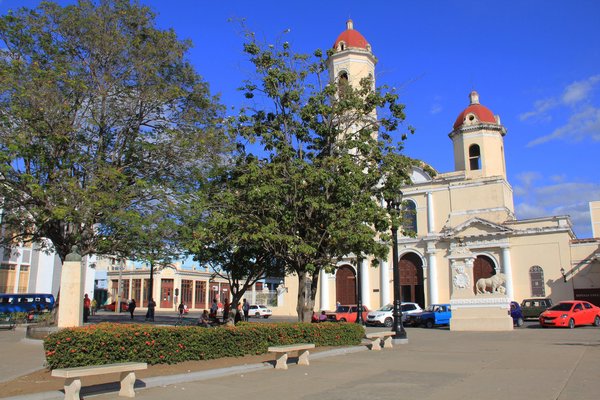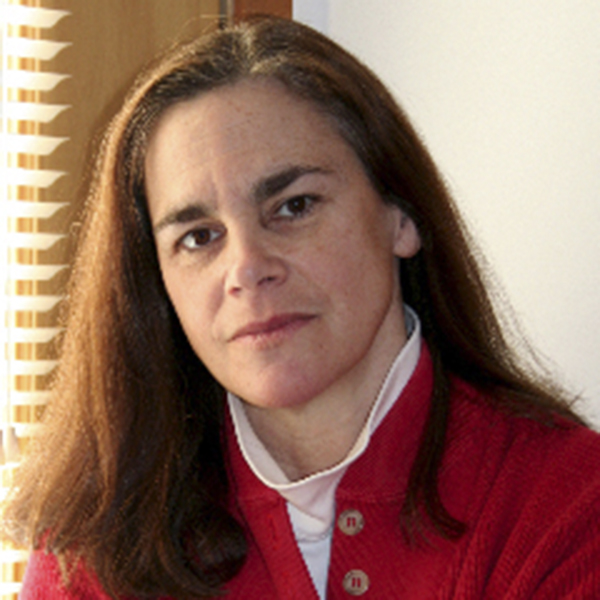

By Anne Surchin, R.A.
What Cuba has done in the way of historic preservation over the last 30 years is nothing short of stunning. A recent cultural and architectural tour of Cuba presented my small group with both new and innovative ways to approach the visionary and practical realties of historic preservation. The restoration movement in Cuba today is strong for a variety of reasons; an architectural heritage dating back to the 16th century with diverse styles including Baroque, Spanish Colonial and Neoclassical; civic pride and political will; two major historians who were able to think outside the box and establish creative policy planning initiatives; and lastly, a phrase often used in preservation circles, “poverty is good for preservation.”
Countries all over Latin America have Offices of the Historian and Cuba’s was established in 1935, with the investiture of Emilio Roig de Leuchsenring (1889-1964) as the Historian of the City of Havana. An anti-imperialist, Roig was a lawyer and journalist who published historical research, promoted history and Cuban values, and lobbied for and realized the preservation and conservation of patrimonial buildings and places.
After the revolution in 1959, time stood still in terms of demolition, new construction, and restoration. There was no money to do anything, and consequently, poverty allowed for most of Old Havana to remain intact, although crumbling. In 1967, Dr. Eusebio Leal Spengler, who succeeded Roig as historian in 1961, was supervising the removal of asphalt off a historic street only to find wooden pavers beneath. Leal obtained matching wood to replace the original pavers but the government wanted the street repaved right away so it would be ready for a diplomatic event. The next day when the paving trucks arrived, Leal decided to lie down in front of the trucks. The mayor was called to the site and Leal wouldn’t get up until the mayor agreed to let him finish his paver installation.
Restorations of historic structures through the Office of the Historian of the City of Havana (OHCH) proceeded slowly on a small budget but by 1981 Castro had given Leal his support. Leal had a budget of $11 million to renovate 30 buildings and develop a master plan. In 1982 Old Havana – Habana Viejo, the colonial era district founded in 1519 with its five large plazas, architectural monuments, traditional buildings, and fortresses all intact, became a UNESCO World Heritage Site. The 1990s, known as the “Special Period” after the collapse of the Soviet Union, saw funding and resources for restoration dry up. Castro asked what he could do to help with restorations and the ever-tenacious Eusebio Leal requested permission to have his own office generate revenue. The state gave him a budget of $1 million to renovate three little restaurants, a few dilapidated houses, and the small Ambos Mundos Hotel, where Hemingway wrote part of “For Whom the Bell Tolls.”
According to Patricia Andino, an architectural historian at OHCH, Leal developed a self-sustaining mechanism for the fundraising. Hotels, stores, museums, and restaurants pay a 1 percent tax, 60 percent of which goes to the OHCH restoration program and 40 percent to social work. Leal believed that in order to maintain the integrity of historic centers they had to be places where people would live and work as opposed to becoming renovated theme parks. This social engineering for normalcy in Old Havana includes, for example, a maternity home where women can stay for up to nine months. A strategy for maintaining interest in local culture oftentimes involves a new role for a building and its users. A Franciscan monastery, for instance, became a Franciscan hotel where guests stay in cell-like rooms and the staff members are dressed as monks.
Before residential buildings are renovated, the existing residents are moved out, relocated and then moved back, unless the function of the building changes, say with the combination of smaller apartments into larger ones. In that case residents may be moved outside Old Havana.
The government nationalized privately owned buildings after the revolution, so owner consent is not an issue when it comes to restorations. Individuals can own their own apartments and family members can inherit them, but they rarely own the buildings in which they reside. In Cuba these historic structures cannot be touched or demolished.
The revenue tax for OHCH not only funds the restoration work but also the salaries of a staff of 200 including a team of architects, sociologists, historians, environmentalists, geographers, civil engineers, and supporting specialists such as cartographers, computer technicians, archivists, and transit and traffic engineers. The office is 90 percent female. OHCH also runs four restoration schools providing training in 12 different trades for students between the age of 18 and 25. Graduates of this program receive certificates as restorers in a specialty trade. There are 13,000 restorers working for OHCH today.
The task for the 1993 Master Plan was to develop priorities for intervention and urban revitalization. The five main squares in Old Havana were targeted first for restoration, with interconnecting streets extending to the perimeter of the district. Fifteen museums followed along with other civic buildings throughout Old Havana.
OHCH has become a model for Offices of the Historian in other province heritage centers. The Network of the Offices of the Historian and the Curator of the Heritage Cities was founded in 2013. There are five other Heritage cities, each with their own Office of the Historian—Cienfuegos, Trinidad, Camaguey, Santiago de Cuba and Bayamo—and six other cities are slated to be added. Both Trinidad and Cienfuegos are UNESCO World Heritage Sites and their ambitious restoration and conservation projects have achieved international recognition.
Of course, Cuba faces a problem we are all too familiar with on the East End. When a community becomes a tourist destination there is always the risk of killing the goose that laid the golden egg. Cuban architects worry that cruise ships of Americans will flood the port of Havana. Last summer, with Eusebio Leal in poor health, the military took over OHCH’s for-profit revenue business and promoted a loyalist to replace him. Nonetheless, the cutting edge accomplishments of OHCH have become a model for preservation the world over.
 More Posts from Anne Surchin
More Posts from Anne Surchin